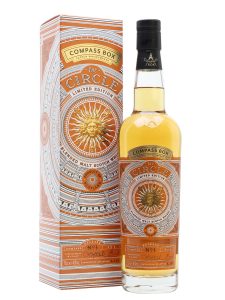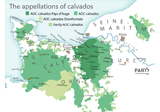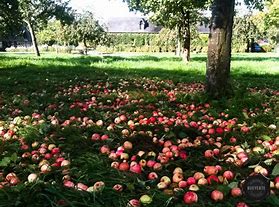Artificial Tasting Tongue Created
 Scientists have produced an artificial tasting tongue. It is made from sub-microscopic slices of gold and aluminium which create ‘tastebuds’ that are around 500 times smaller than the human equivalent. Subtle differences in how the metals absorb light allow the ‘tongue’ to identify individual spirits with more than 99% accuracy. Picking up differences in complex chemical mixtures, sometimes resulting from barrel type and length of maturation, it is hoped that the ‘tongue’ will be used to identify counterfeit products. Artificial tongues have been produced before, but this is the first time that two different types of nanoscale metal ‘tastebuds’ have been used so the results are faster and more accurate. So, is this a threat to our industry’s sommeliers? Perhaps not. It may well be more sensitive than the most highly tuned palates, but it cannot describe taste nor identify balance, skills which we specialise in here at Hermitage Cognacs. Those skills are of course subjective but put together with experience and knowledge of the marketplace our sommeliers and competition judges are certainly not out of a job yet. However, those who choose to undermine the industry by flooding the market with fake goods should take note.
Scientists have produced an artificial tasting tongue. It is made from sub-microscopic slices of gold and aluminium which create ‘tastebuds’ that are around 500 times smaller than the human equivalent. Subtle differences in how the metals absorb light allow the ‘tongue’ to identify individual spirits with more than 99% accuracy. Picking up differences in complex chemical mixtures, sometimes resulting from barrel type and length of maturation, it is hoped that the ‘tongue’ will be used to identify counterfeit products. Artificial tongues have been produced before, but this is the first time that two different types of nanoscale metal ‘tastebuds’ have been used so the results are faster and more accurate. So, is this a threat to our industry’s sommeliers? Perhaps not. It may well be more sensitive than the most highly tuned palates, but it cannot describe taste nor identify balance, skills which we specialise in here at Hermitage Cognacs. Those skills are of course subjective but put together with experience and knowledge of the marketplace our sommeliers and competition judges are certainly not out of a job yet. However, those who choose to undermine the industry by flooding the market with fake goods should take note.

 Scottish whisky blender, Compass Box, has released a new spirit drink comprising calvados & whisky. The calvados, from the
Scottish whisky blender, Compass Box, has released a new spirit drink comprising calvados & whisky. The calvados, from the In many ways
In many ways  The firm of
The firm of